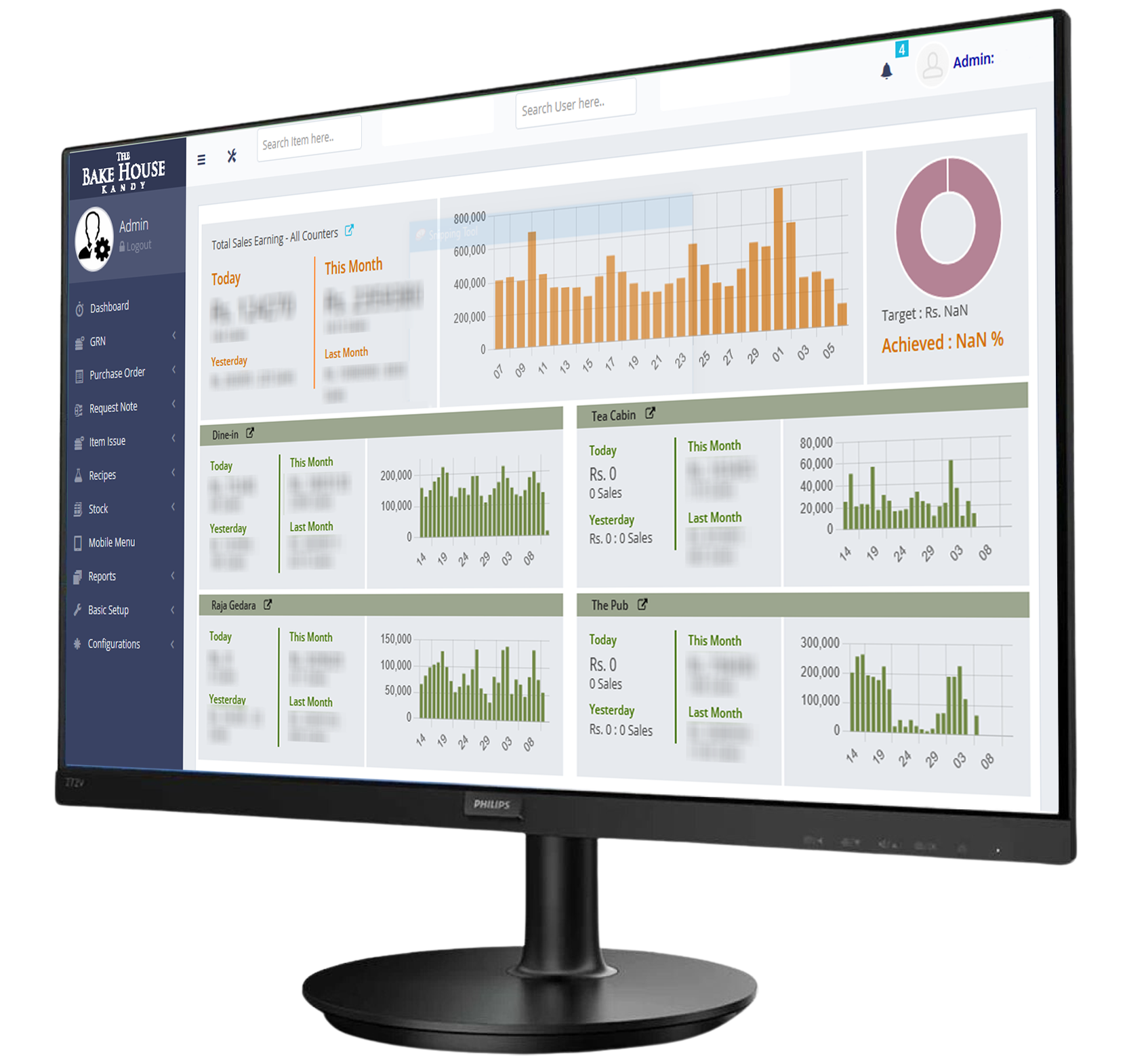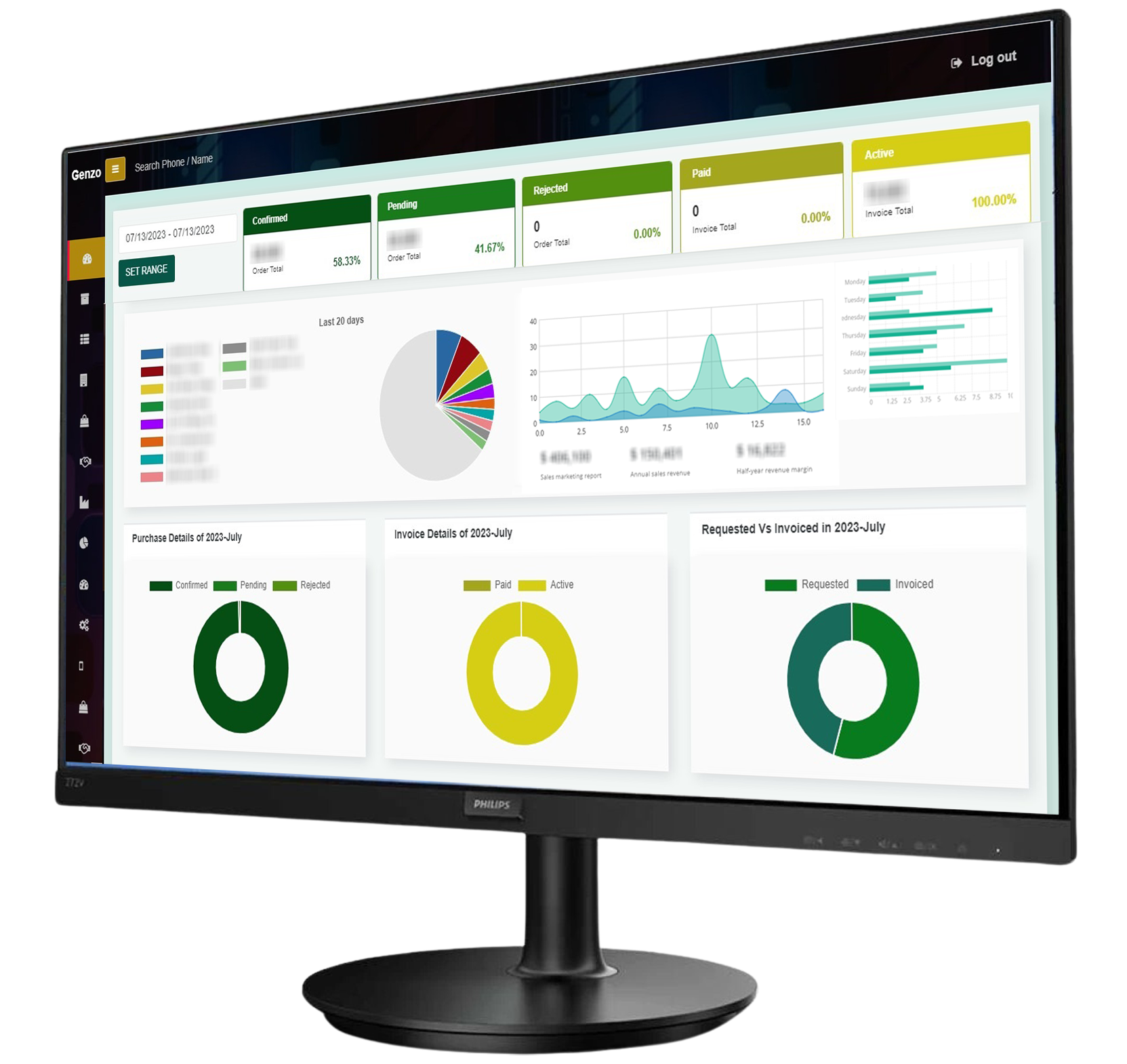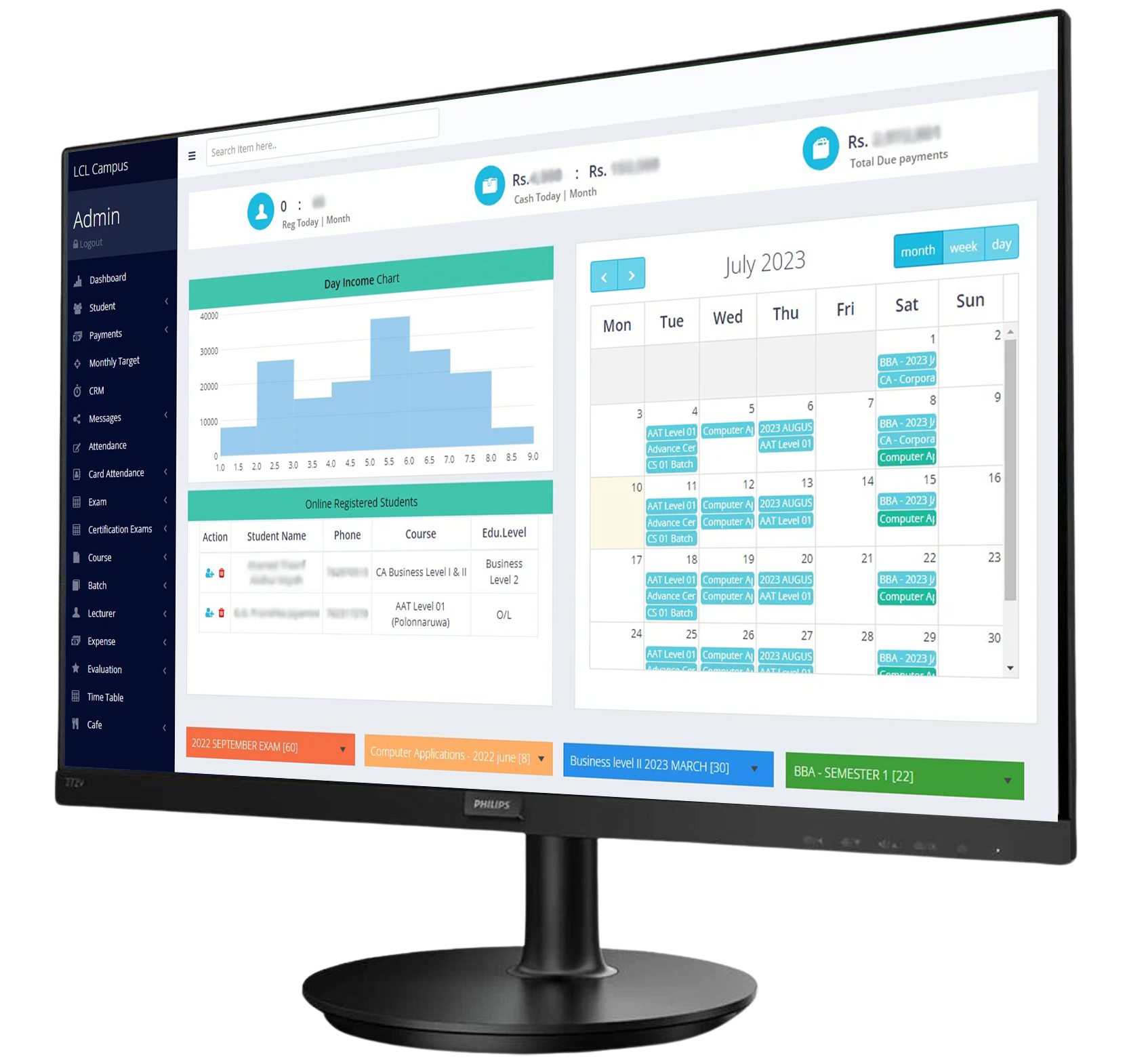ERP Software Development
Enterprise Resource Planning
mmmmmmmmmmmmStreamline Your Business
Our ERP software solutions are designed to seamlessly integrate various business processes into a unified system, improving efficiency and decision-making. We provide custom ERP solutions that cater to the unique needs of your organization, offering modules for finance, human resources, supply chain management, and more. Our ERP systems are built to scale with your business, providing real-time data and analytics to enhance operational effectiveness and strategic planning.
Our Previous Works
Implemented ERP systems for manufacturing and retail clients, reducing costs and optimizing processes.
Ready to get started?
Ready to transform your ideas into reality? Contact us today and let's begin creating innovative solutions together.
Call us on



